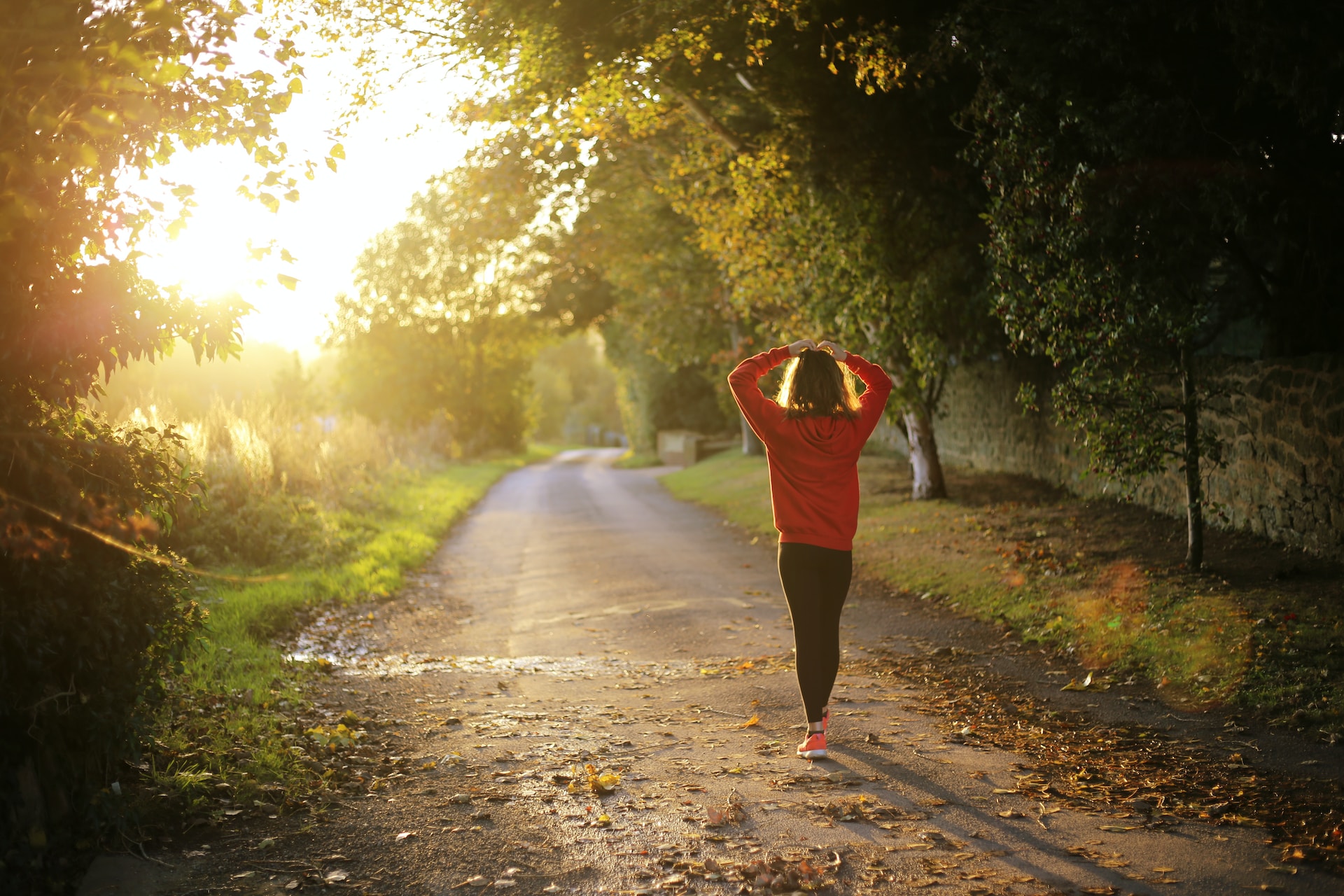Regular readers of our blog will understand that emotional health is an enhanced state of wellbeing characterised by mindful practices, conscious choices and respectful relationships. An emotionally healthy person is constructive, showing up in a way that has a positive effect on those around them.
You will also understand that all of this comes from being above the line, which leads to one of the questions we often get in our work: ‘How can I move above the line if I realise I am below it?’
Part of the answer to this question lies in the question itself: you can move above the line if you recognise, from what you have said or done, that you have moved below it. The other part of the answer is that you can move above the line if you make the choice to do so.
Let me explain.
Imagine you’re having a bad day. Things didn’t start well when you knocked your cup of coffee over just after sitting down to breakfast. That led you to leaving late, then the train was busier than usual with no chance of getting a seat. To top it all off you’ve arrived at work to discover a colleague is off sick and will miss an important client meeting the two of you have been planning for weeks. Now the onus is all on you to make that meeting a success.
A few minutes later, another member of your team stops by your desk with a quick question. You look up, brow furrowed, provide an abrupt answer, then curtly send them away. You have the meeting to prepare for and don’t have time for interruptions.
It’s only later in the day, when things have calmed down after the meeting, that you realise the impact of this below-the-line reaction on the situation. You hear from another colleague that your team member took your terse reaction personally, thinking they’d done something wrong. As a result, they lost focus on what they were doing, concerned about what you might do next.
And then the penny drops. Thanks to this trusted colleague’s honesty, you are able to look back and realise the extent to which you had dropped below the line, and the impact this has had. With this recognition and your usual high level of emotional health, you know you have the behavioural freedom to do something about the situation.
First, you reflect on how you would have preferred to show up in the circumstances. You think about a former manager of yours who always managed to keep their calm, who was always respectful no matter what the situation.
You realise that you could have laughed off the early morning chaos, instead of allowing it to push you below the line. That would have set you up to take the news of your colleague’s absence as a chance to prove your own capability in the client meeting – as indeed you went on to do.
You realise could have also have calmly asked your team member to give you another fifteen minutes, after which you would be able to help them. Better still, you might have seen an opportunity to bring them into the meeting in place of your ill colleague. This would have boosted this person’s confidence, whereas reacting the way you did negatively affected the way they continued with their own work.
As a result of this reflection and choosing to be vulnerable, you seek out the team member and offer a genuine apology.
Second, you make a commitment to yourself to make better choices the next time a similar situation arises. You add ‘morning impatience’ to your mental ‘dictionary of triggers’ that can take you below the line. And you create an intent to be patient, calm and open to possibilities if this occurs again.
In practice, recognising the triggers that send you below the line can be difficult in the moment. The very fact of being below the line increases our self-centredness. So, it makes sense to pause and reflect once in a while when the seas are calm, and to use these reflections to add to your dictionary of triggers and create an intent for how you want to be. Do that and you’ll be in a better place to make emotional healthy choices the next time you’re asked to.
Recognition and choice: two essentials for getting and staying above the line.
Gayle

